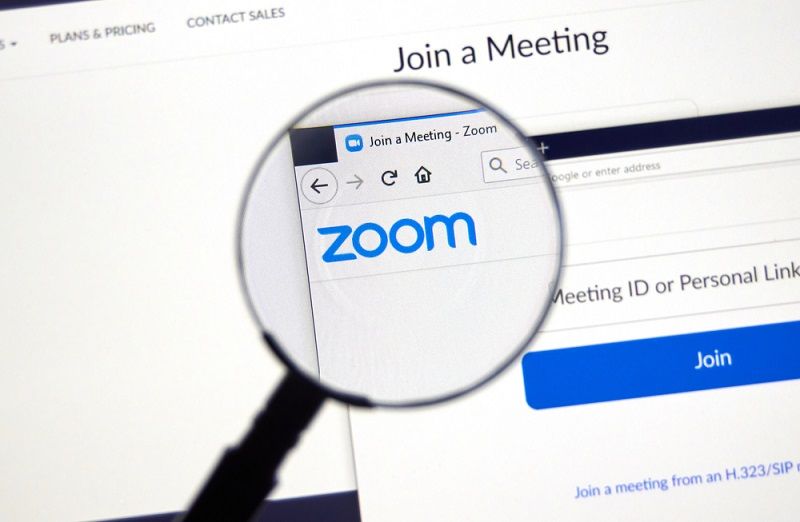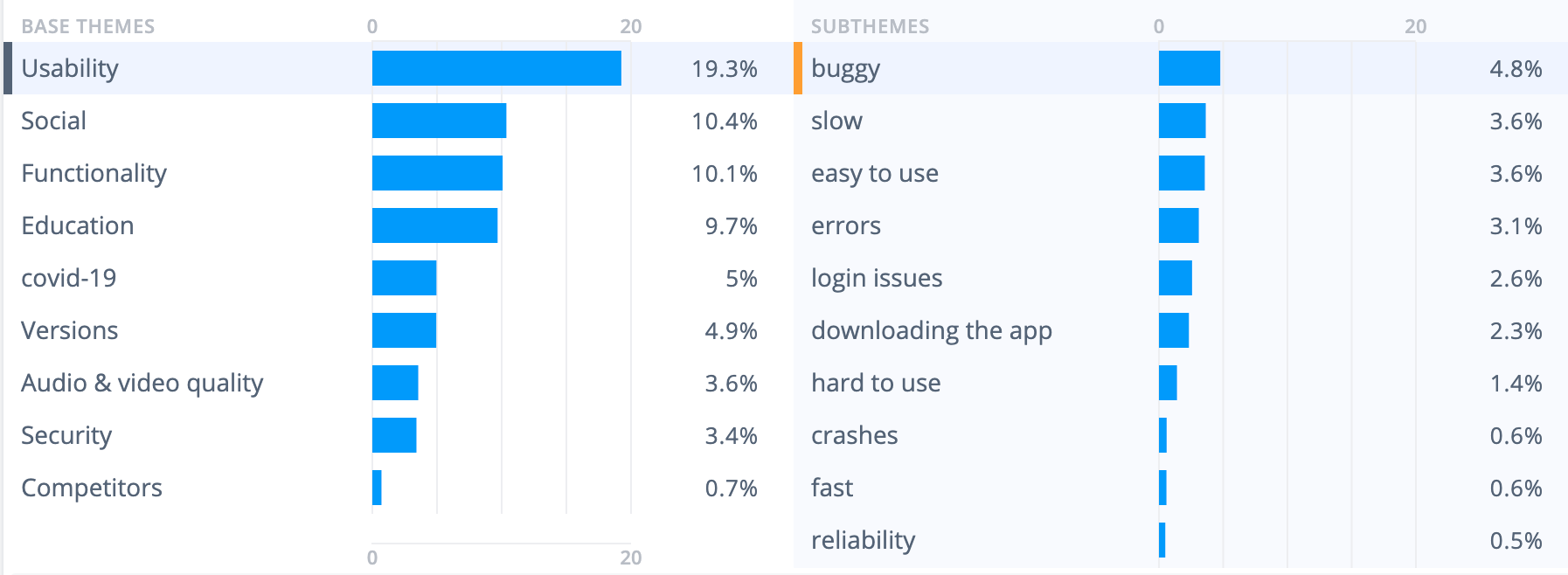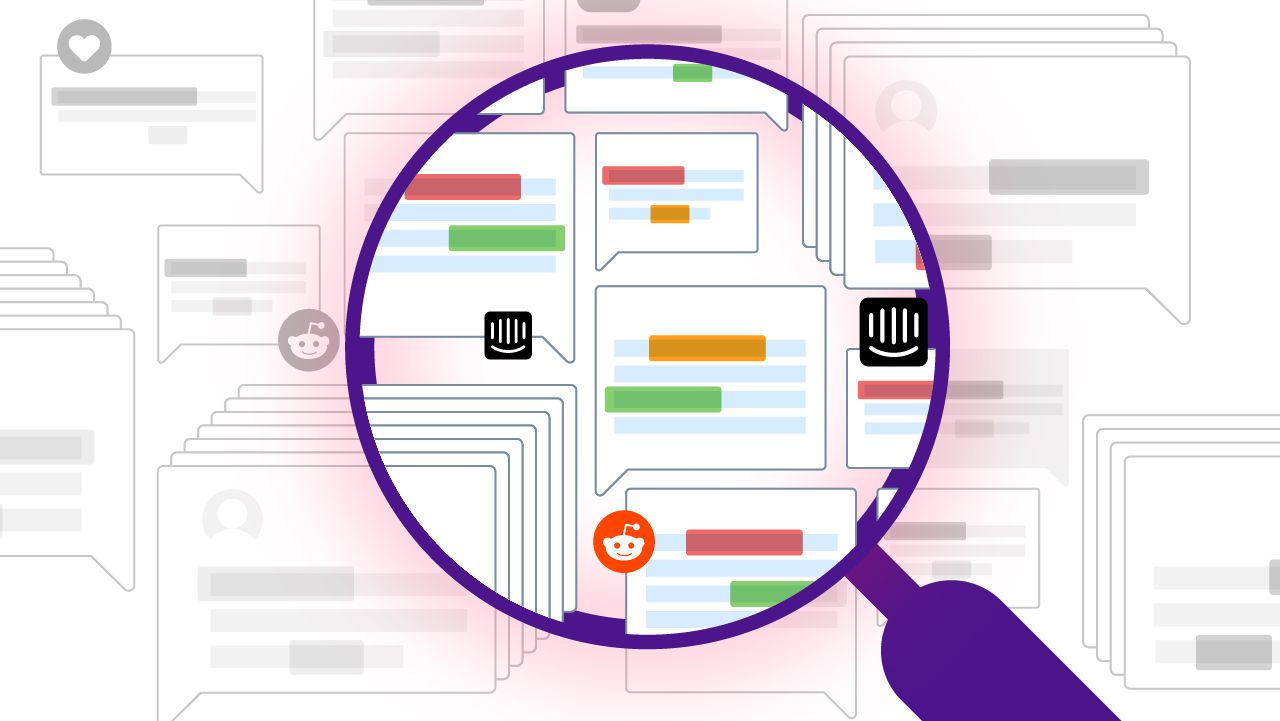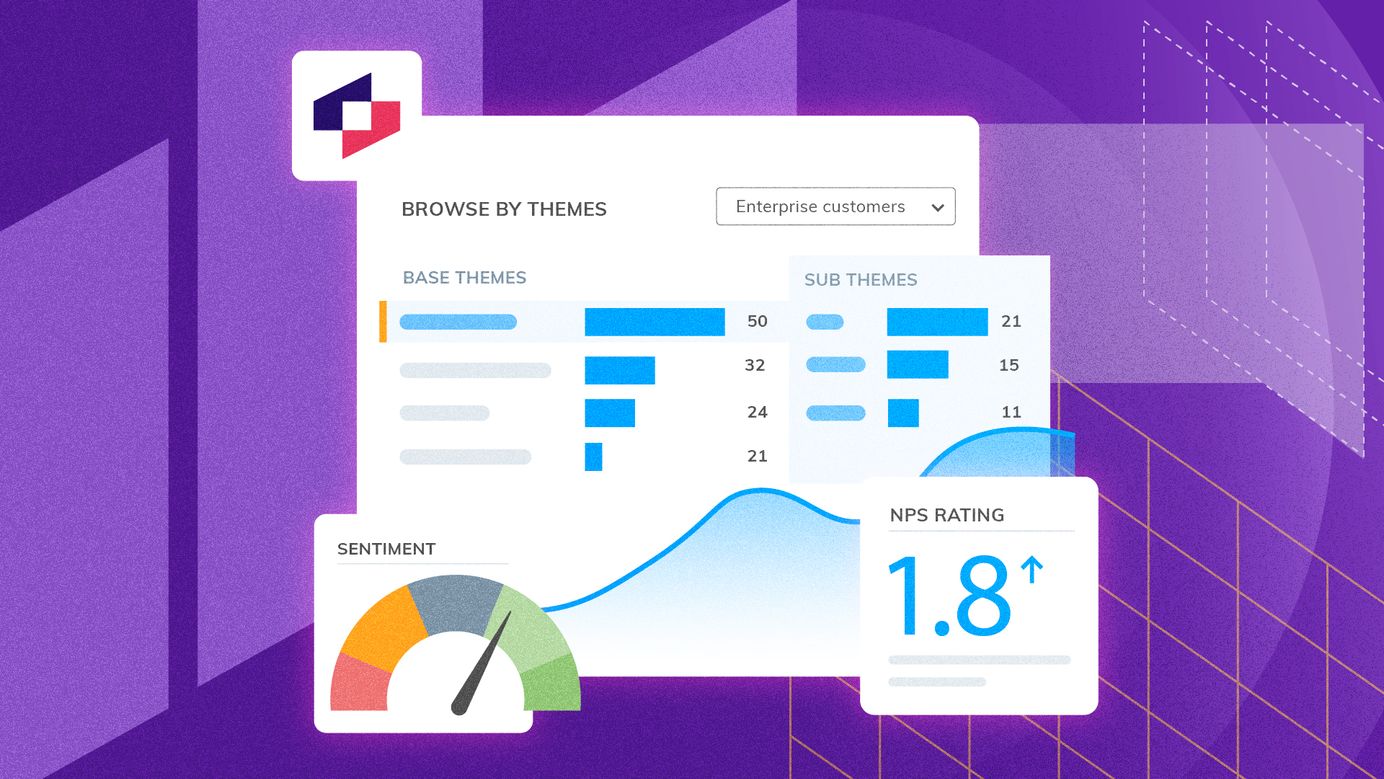
The Zoom Boom: Zoom's market transformation and what the user feedback is saying
At the beginning of 2020, Zoom was a promising video telephony company with niche markets in business and higher education and a solid bank account thanks to a successful IPO. By May, its market capitalization was greater than those of the world’s seven top airlines combined.
As the global Covid-19 crisis kept the world at home, the Zoom client software became the world’s most-download non-gaming app in April, across all platforms. It had broken through into whole new markets in social connection, education, business and media – and gone from 10 million daily meeting participants at the end of 2019 to 300 million.
So how did the company handle this explosion in use? And what did the millions of new users make of it? Thematic analyzed Zoom’s app feedback – and found some striking changes in perception.
—
Zoom is no stranger to controversy, particularly around its approach to security and privacy. Last year, Apple took the extraordinary step of pushing out a silent software update to prevent the Zoom installer from placing an undocumented web server (which remained even if the app was uninstalled) on MacOS systems. The undocumented server could be used to turn on webcams and force connection to a Zoom call.
Debate over new privacy issues – including the company’s bogus claim that users were protected by “end-to-end encryption” – raged in the tech press as use of Zoom exploded in locked-down states. The stories did nothing to curb the surging growth in use.
But what did those millions of new users think about Zoom? What mattered to them? And what are the implications of Zoom crashing through from its business niche into new, and much larger, markets? What comes next? Thematic decided to find out.
We explored the feedback in Zoom app reviews, leveraging open APIs to pull the data into Thematic and run it through our best-in-class, unsupervised natural language processing algorithm to extract multi-level themes. Then we visualized the insights for easy consumption.
Note: A theme is a collection of different ways people might talk about the same thing. For example, a theme “buggy” captures reviews that say that “zoom has so many bugs“, “glitchy controls“, “freezes quite often“, “fix bugs“, “it glitches out” etc.
So, this is what we learned:
1. At a macro-level, the biggest theme was around Zoom’s usability.
It blew up as a feedback theme – and, unsurprisingly, this wasn’t a good thing.

To illustrate the change, let’s look at one theme: “buggy”. From January through March, not a single review mentioned anything related to the app being buggy (there was also no mention of “crashes”). Not even one. But beginning in April, it began to rise. Halfway through June, more than 7% of all reviews mention it.

Anything else to know about this area of concern? Yep: it’s apparently almost entirely an iOS (Apple) issue – about 99% of all comments containing “buggy” come from iOS users. It’s also twice as likely to be mentioned in the US as in the UK.
2. The social connection Zoom allows for is potentially a game changer for both Zoom and users.
Perhaps the most striking result was the extent to which reviews mentioned the way Zoom has enabled them to connect with their friends and family. Since April 1, “Connecting with Friends” has been both the largest and fastest growing theme identified by Thematic. This represents a remarkable change in the way Zoom has been used since the pandemic took hold.

And it happened fast. As with “buggy”, there was almost no one talking about this theme prior to April. That makes sense – months ago, Zoom was almost exclusively a business app. But now, with nearly 9% of respondents mentioning it – and themes emerging around family and religious and spiritual group connections – the opportunity to develop features more tailored to the needs of social users is clear.
3. Education
On March 16, 27 US states either ordered or recommended school closures statewide. All other states would follow suit within a week. At the same time, Zoom’s CEO Eric Yuan made a savvy move: he waived the 40-minute time limit on free accounts for nearly 60,000 K-12 schools in the US. That cleared the way for schools to incorporate Zoom into daily lessons for around 50 million public school students. It may have changed education delivery forever.
Did this rush of students with newfound access to Zoom show up in feedback? It sure did.

Theme volume spiked – but not all feedback was glowing. One in three reviews talking about the Online Classes theme gave only 1 or 2 star reviews. What was going on behind the scenes here? Again, usability. Thematic was able to see that 37% of these low-star reviews also talked about usability issues. In fact, “buggy” was even more common here!
“Glitchy. Zoom is pretty glitchy when I’m in class when my teachers speak they start to speak, but then it pauses, and they call on me and I don’t know what they said.”
“Every time I try to go to my dance class, it glitches and muffles out everyone’s voice. Also, on the iPad, it doesn’t have all the effects that the desktop/computer has. “
By contrast, themes around Functionality weren’t as big as we might have expected. Security also came up – and it spiked along with some unflattering news stories in April. But Zoom seemed to do a good job of making its case with consumer reviewers. Security and privacy mentions have continued to decline after that April spike.
—
Overall, the insights Thematic has extracted from Zoom’s app reviews offer a larger lesson: in times of crisis, sometimes market opportunities open up that you never expected. Sometimes you get new customers in areas you weren’t even targeting. Sometimes you realize you’re not the company you thought you were.
The only way to truly take advantage of these opportunities is by rapidly understanding your new customers, and by using that knowledge to respond and meet their needs.
Do you have similar experiences? Want to learn more about Thematic or curious about how Thematic can find insights in your customer feedback? We’d love to talk.
Sign up for a free account or contact us.
Stay up to date with the latest
Join the newsletter to receive the latest updates in your inbox.




